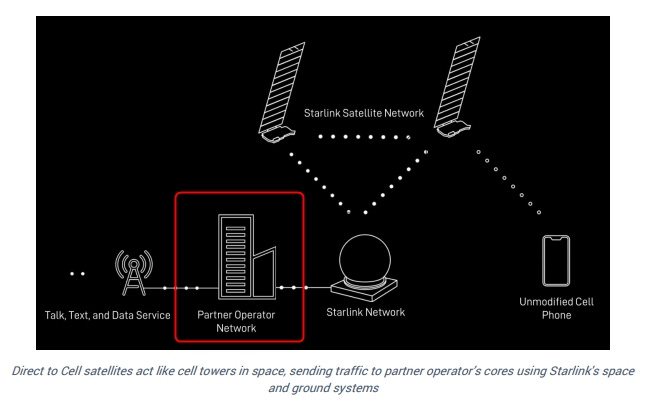How Will Starlink 🛰️Impact Telcos in Zimbabwe 🇿🇼
Stories to Watch This Week: Starlink makes a move
Starlink has finally applied for a license to operate in Zimbabwe based on comments by the director-general of telecoms regulator, POTRAZ.
Does this mean the end of traditional Telcos like Econet Wireless Zimbabwe and NetOne?
Not really.
Starlink's technology is not designed (for now) to replace traditional mobile networks. One limitation is that the technology relies on low-earth orbit satellites to transmit data, which requires a clear view of the sky, and so doesn’t work indoors.
The other issue is that Starlink doesn’t work well in densely populated areas, as each satellite has a limited bandwidth. Elon Musk acknowledged this limitation himself.
Here is an extract from an article from PC Mag on this;
In addition, Musk has pointed out the satellite technology can struggle to supply enough internet bandwidth to users residing in heavily populated locations. “Starlink is great for low to medium population density. But satellites are not great for high-density urban,” he told Joe Rogan in a February 2021 interview. “So you’re actually better off having 5G for that.”
Musk also communicated the same message on Twitter/X.
But what about Starlink’s recent direct-from-satellite mobile phone texts?
One reason people associate Starlink with taking over from mobile network operators is the trial Starlink performed earlier this year, in which the first mobile texts were sent directly from satellite.
What is often missed in these discussions is that this test was accomplished through collaboration with T-Mobile, a traditional telco.
In fact, Starlink is planning to partner with T-Mobile in the long run, as PC Mag reports below.
SpaceX added that it plans on expanding the testing to include greater coverage. The company is aiming to launch the cellular Starlink service for T-Mobile customers, starting with text messages, later this year. SpaceX then plans on expanding the service to support voice and data in 2025.
These partnerships are necessary as Direct to Cell technology relies on Partner Operator Networks, in other words, Telcos, to perform the last leg of providing the talk, text, and data services to the end user.
Closer to home, MTN has published a story on their website, seemingly quite excited about how satellite technology, like Starlink, can improve digital inclusion.
MTN has already started working with Starlink stating;
“there are ongoing engagements with SpaceX’s Starlink, with enterprise-grade trials underway in Rwanda and Nigeria”
So it seems that Starlink and Telcos can co-exist and even work together perfectly fine (for now).
If not Telcos, then which companies will be affected?
I think Internet Providers like Liquid Intelligent Technologies (also referred to as Liquid), will be the most affected by Starlink.
Now, I have to pause a bit since many people confuse Liquid Intelligent Technologies (Liquid) and Econet Wireless Zimbabwe (EWZ).
Both are ultimately owned by Econet Wireless Global, but EWZ is the mobile network operator in Zimbabwe, while Liquid is a fibre infrastructure and cloud services provider operating in multiple countries.
One of Liquid’s businesses is the internet service provider, Liquid Home.
At the current pricing, Starlink could be four times cheaper than Liquid Home. The cheapest unlimited internet plan in Zimbabwe for Liquid Home costs ZiG 3,054, which is the equivalent of about $228 per month, whereas Starlink in other African countries costs about $30 - $70 per month.
Even with the one-time cost of the hardware of about $550, the pricing gap is huge.
If Starlink were to become available at a price even remotely close to what has been offered elsewhere, the number of customers Liquid could lose is scary.
This is especially true when you look at the financial statements and realise that Zimbabwe is Liquid’s second biggest market, with revenue of $126 million in the 2023 financial year. A big hit in revenue there would definitely be felt in the group.
It will likely still be some time before Starlink is actually licensed and available in Zimbabwe. (update since this was posted: Zimbabwe has now licensed Starlink. It happened much faster than I had initially expected)
For example, in Zambia, judging by the tweets below, the Starlink team first met with the President in September 2022, and then Starlink went live in October 2023, a little more than a year later.
When it does go live, there certainly will be no shortage of customers. Even the state-owned broadcaster was allegedly caught using Starlink despite the fact that it was an unlicensed provider!
I am working with publicly available information so I could be missing something or just wrong in my analysis.
Thanks for reading! Please remember to share this post with your network.














When is it expected to roll in?